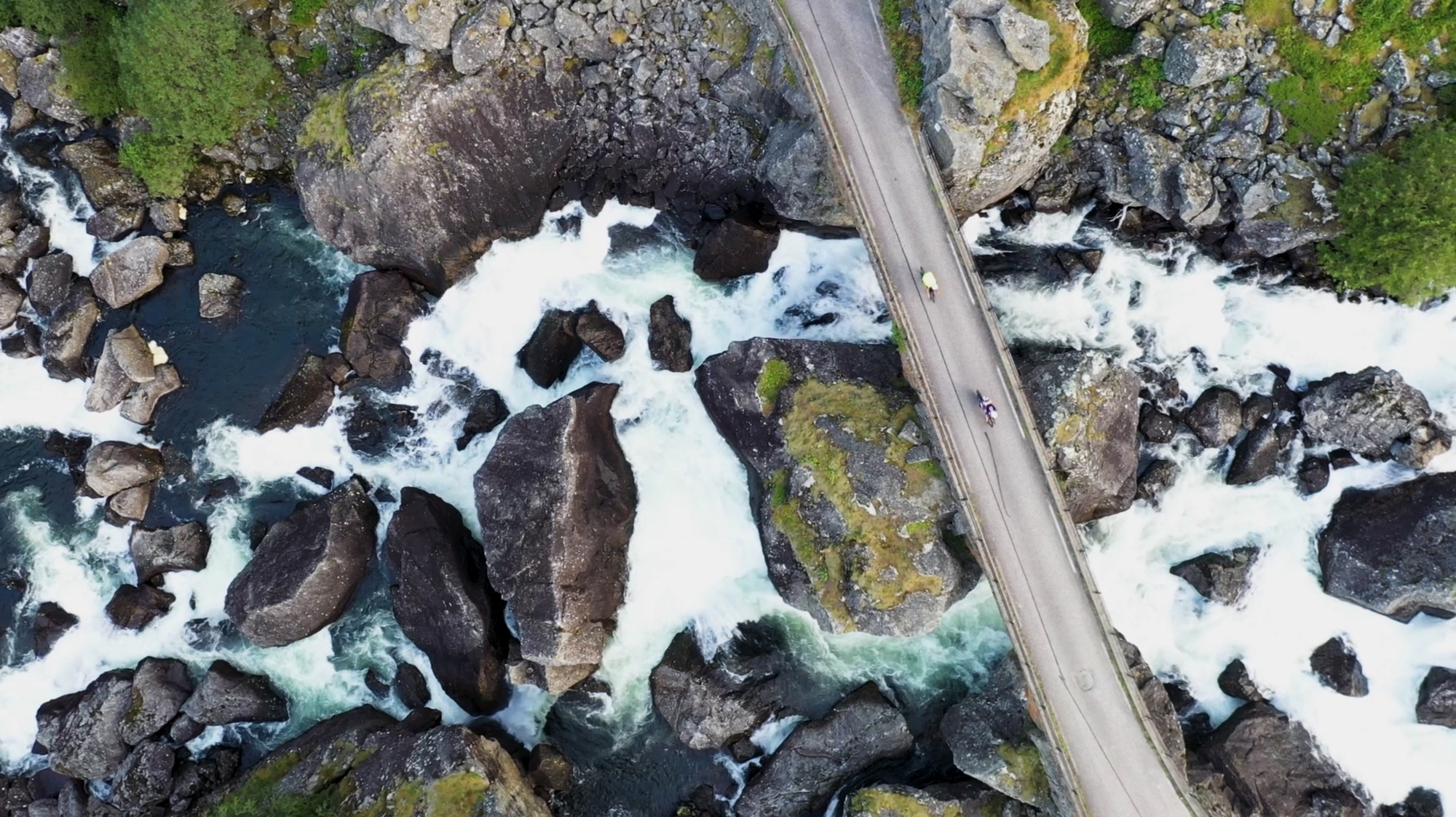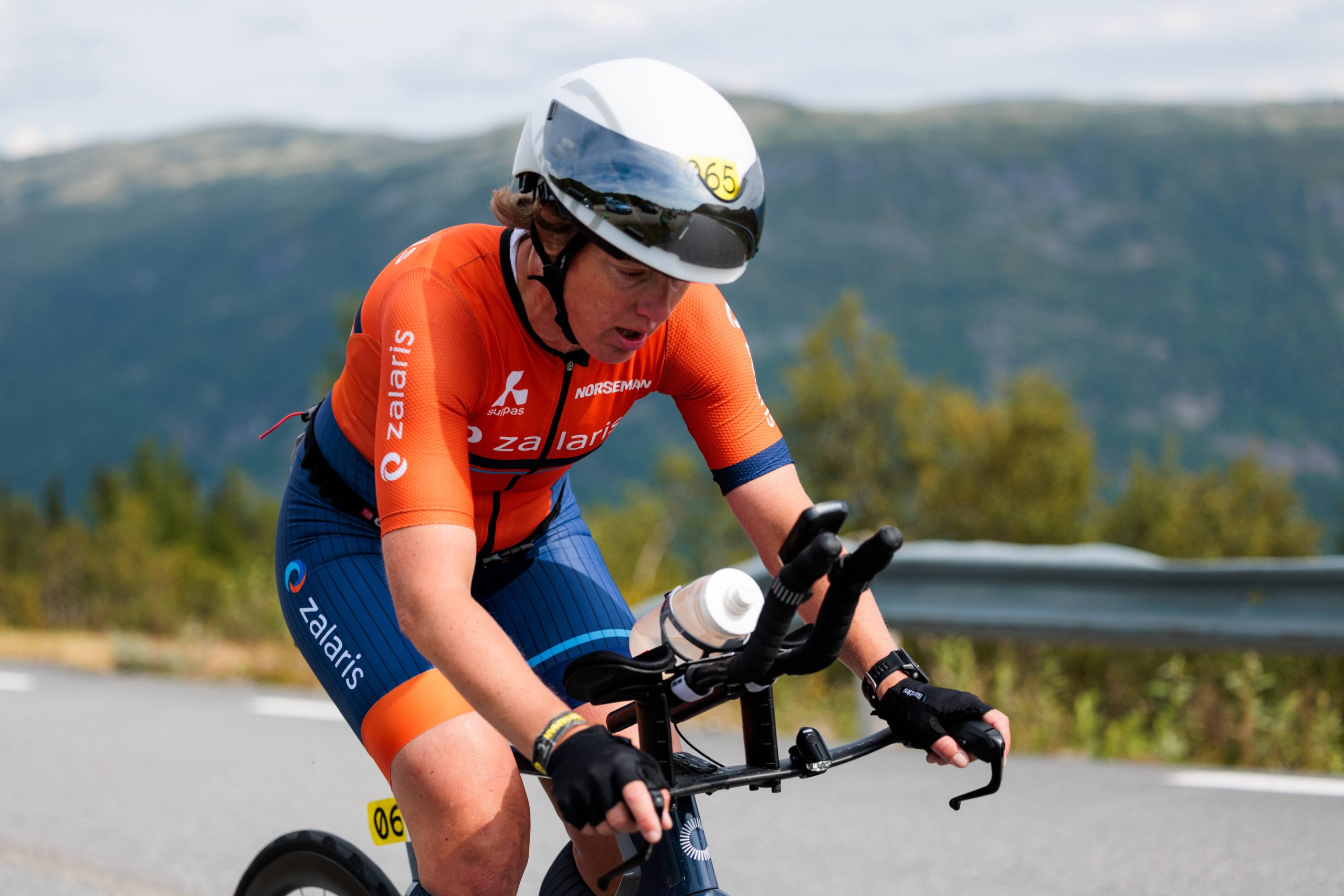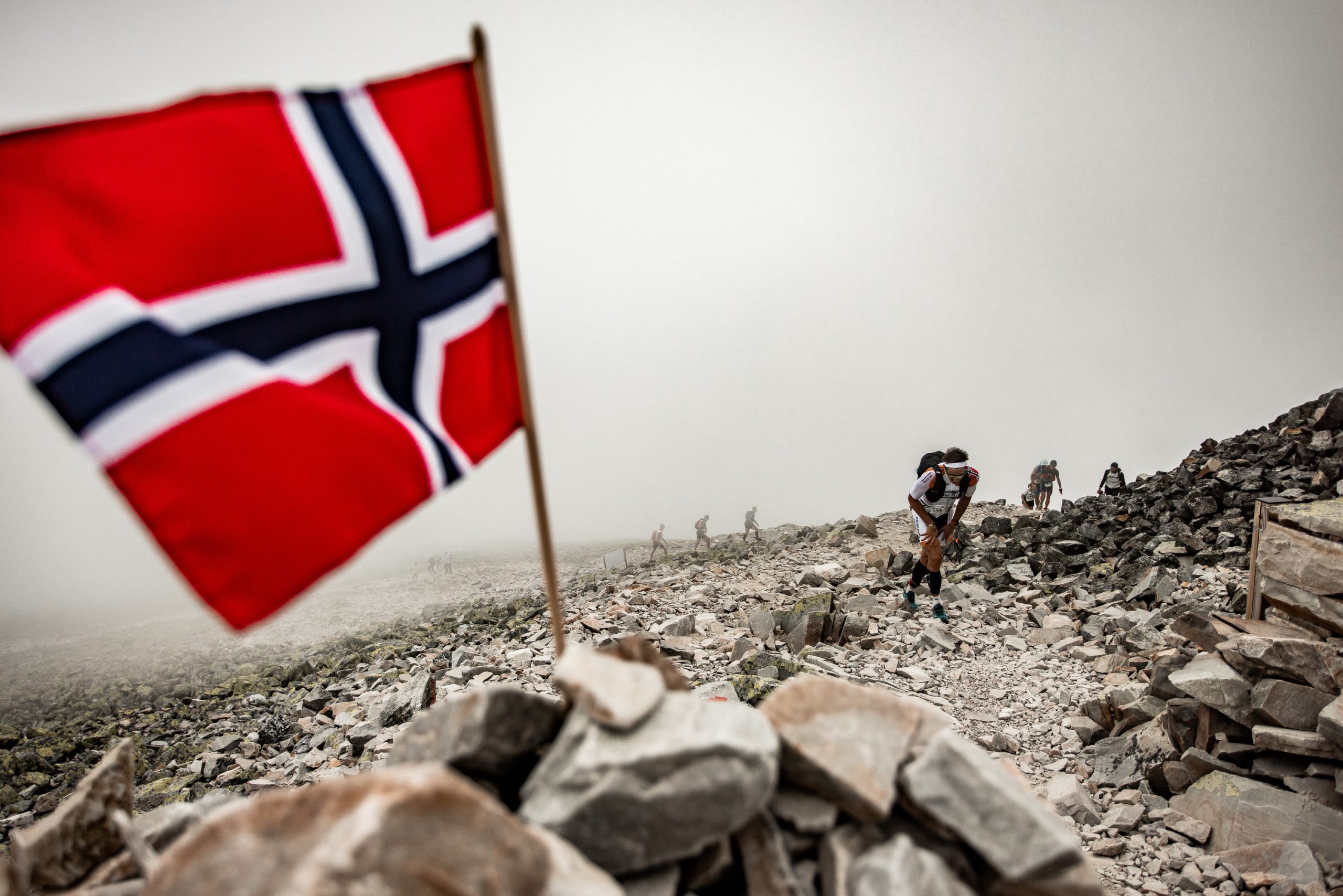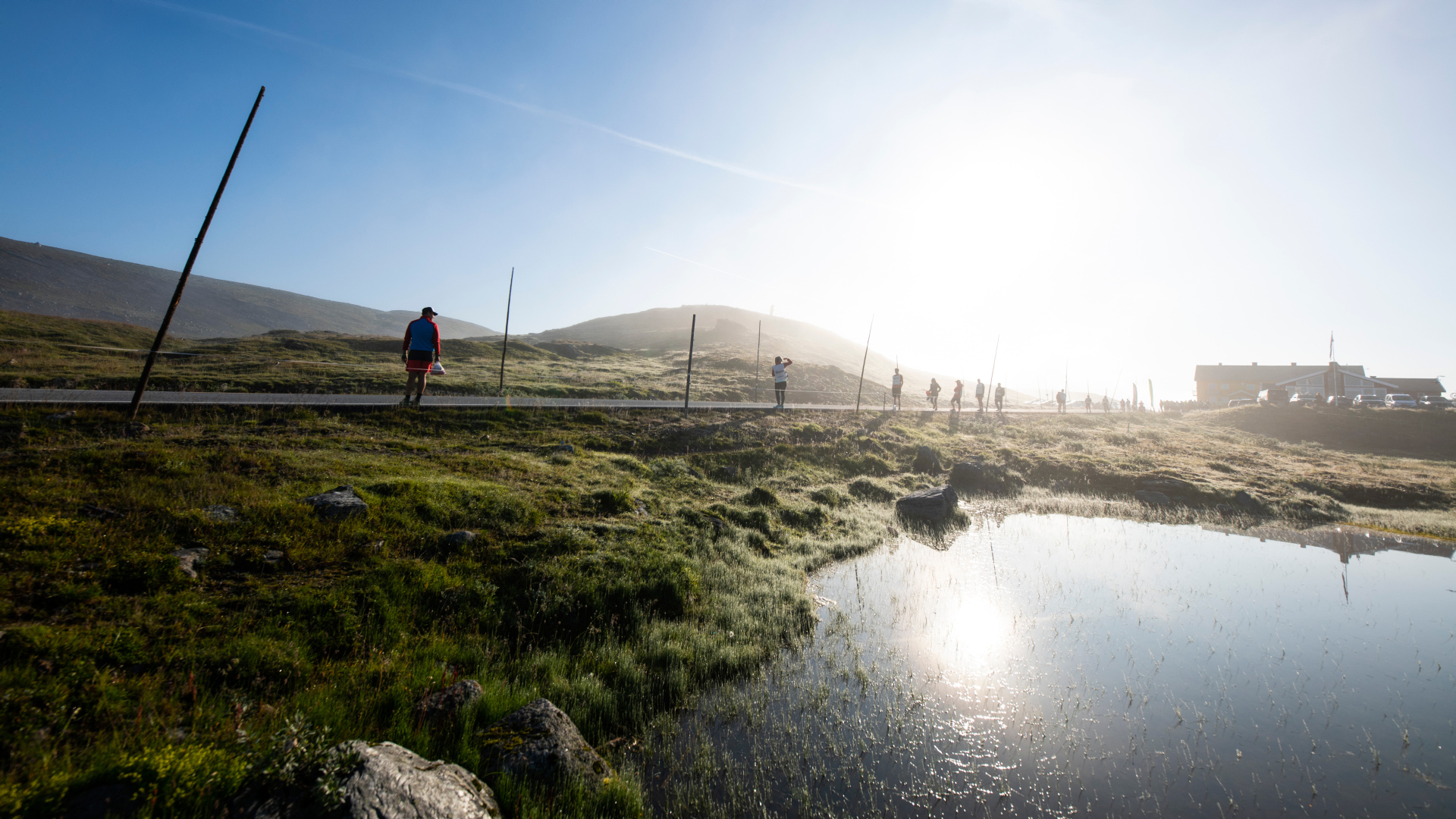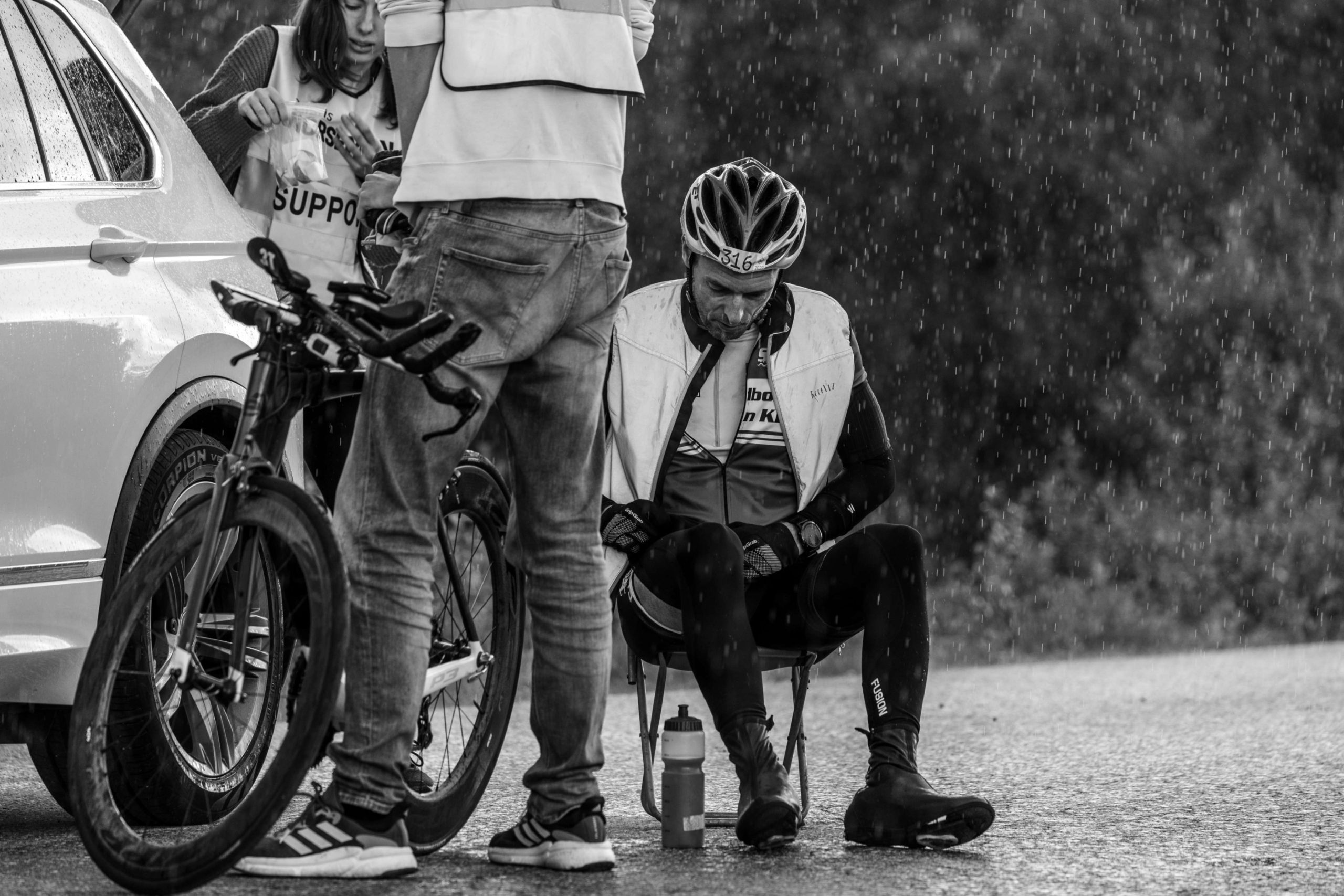Drones have become extremely popular in the last years. Probably because they are gradually cheaper, with better video/photo quality and more easily controlled. The various yearly films from Norseman and other XTRI World Tour races show thrilling footage from these incredible races. I love these films!
But drones have more uses than making spectacular race movies. You might have seen the videoes of drones delivering inflatable rescue pods. These methods have been tested in several regions around the world. Drones are able to dispatch quickly and deliver lifesaving rescue tools. Depending on the incidents, drones might also be able to respond quicker than a traditional rescue. And speed is very often of the essence in rescue were life is endangered. While I never believe drones could take over the role of Lifeguards, it is a supplement with interesting potential. Not to mention how boring the “Baywatch” movies would be without Lifeguards…
Drones are more and more in use during complex rescue operations. This can be several different scenarios, for example, a mountain rescue. Personally I have been involved in rescue operations where drones have been of essential help. From my own experience, two things are vital in these operations. First, the drones often give a good overview of the area of interest. Secondly, but most importantly, the drones can give rescuers added safety on the scene. They can explore areas that are difficult or dangerous to reach by the rescuers.
Drones also have exciting possibilities in the transportation of equipment to remote or difficult accessed areas. There are projects around the globe, were defibrillators are delivered by drones when people are suspected of having a heart attack. Drones can in certain areas deliver much faster than paramedics can arrive at the scene. And defibrillators are now so easily operated that more or less anyone can use them while waiting for paramedics to arrive. Aerial drones for blood delivery has been tested and certainly has a meaningful mission in remote areas. Blood supply is limited and blood could not possibly be stored everywhere. The uses of drones for blood delivery is feasible.
You might think that all this is good, but not particularly applicable for an Extreme Triathlon like Norseman. Then take look at this study from Mont-Tremblant Triathlon. In this study, researchers have tested if drones could be useful for identifying swimmers in distress. They put up three drones, that monitored different parts of the swim track. The researchers aimed to see if drones could identify swimmers with signs of distress quicker than conventional methods. The conventional methods include Lifeguards on land and in boats, boards, waterjets etc. For this study, they had screened the athletes before the race start, and identified anyone with an increased medical risk, and provided them with a different coloured swim cap for easier identification.
This race had 2473 starters, and 25 of them had a preidentified medical condition that made the organizers provide them with a contrasting coloured swim cap. During the race, none of the preidentified athletes had any signs of distress while in the swim. Among the remaining athletes, 5 of them showed signs of distress that needed interventions from the rescue boats. One of these was identified by a drone before observed by the Lifeguards.
I absolutely believe that drones will not take over the position of Lifeguards, Red Cross, Medical Crew and organisers on-site during a race. And this study doesn’t support that either. That being said, I think there could be benefits from integrating drones into the existing safety crews and medical teams already in place.
So what are the future opportunities regarding Norseman and the other XTRI World Series races?
I consider that for several races, the use of an aerial overview of the swim is a tremendous help for safety crew. While drones still have some limitations concerning battery capacity, there are other options that can be helpful. I have myself been working with safety at large music festivals with surveillance cameras that are fixed to high towers or even ballons. Then safety crews are positioned in a command post where they can operate the cameras in various perspectives. And alert on-site safety and medical crew in case of any incidents. Very helpful for organisers at large events.
At Norseman we have had some minor incidents were athletes or support gets lost in the mountains. While these incidents have been promptly resolved, there is a possibility of more severe rescue operations in the mountains. For this, I believe that drones could be helpful. Both for overview and for searching areas that are not easily accessible. While I don´t believe it is reasonable that the organisers have their own Search and Rescue Drones, I know that many local Red Cross groups, Fire Departments and other volunteer groups have drones as a tool in their toolkit. At Norseman, we depend profoundly on several Red Cross groups for safety throughout the race. Another use I see would be of valuable help during an XTRI race, is the possibility to deliver defibrillators at someway difficult accessible areas in the racetrack. In the safety crew, we will reach every part of the racetrack, but in some parts, the drones could be much quicker.
One last idea, as a part of the Norseman Research Team. Coordinating the collections of blood samples, temperature measurements and more at the finish line at Mt. Gaustatoppen, is a bit of a challenge. Maybe we could arrange a “Zipline” in the form of a drone from Mt. Gaustatoppen and down to Gaustablikk were the Race Headquarter is, together with the headquarters for medical and research team. Then we could rapidly transport for example blood samples right after sampling and down Gaustablikk for centrifuging and freezing.
I admit I am a modest drone nerd. I own two drones, which I use for aerial photography. So writing this post is just a combination of interests. To be fair, none of the above-mentioned ideas is probably being achieved anytime soon. We don’t have the resources and the time. But who knows what could occur in the future? I think we will see drones at XTRI World Tour races for more than aerial filming in the future.
